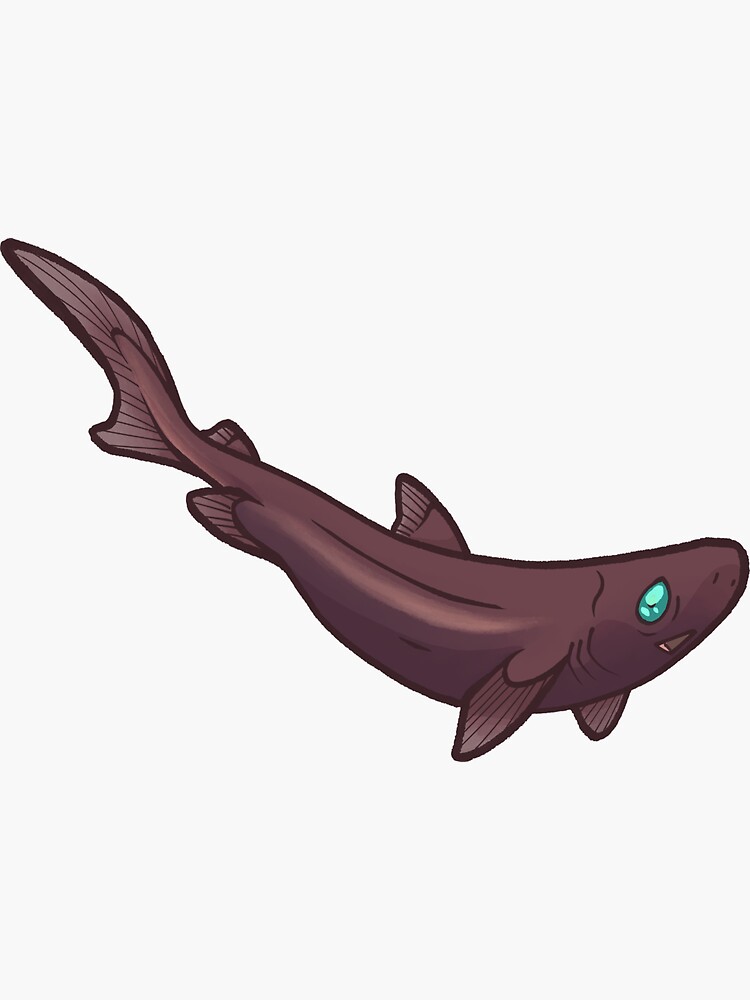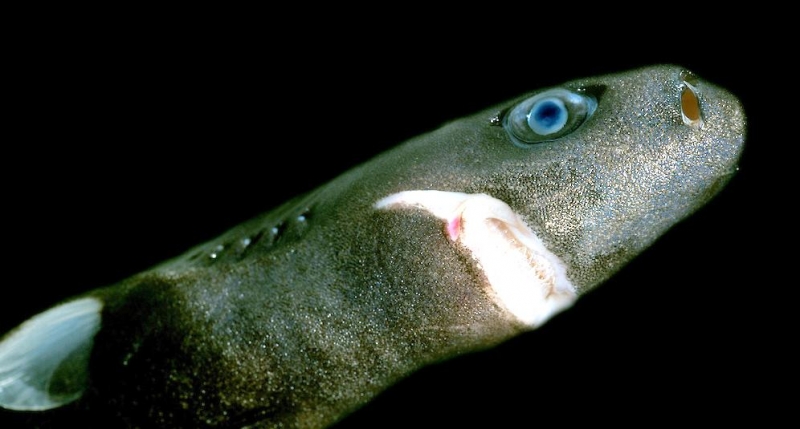

The cartilage in their snout is flexible and spongy that helps in absorbing impacts during hunting or when attacked by other predators.Some species like the great white can detect one part-per-million of blood in seawater. Sharks can detect a drop of blood several hundred meters away. The nasal openings, found under the snout, consist of two olfactory sacks that help them detect the scent from a great distance.Their jaws have one or more layers of hexagonal crystalline plates, called tesserae, made of calcium salts that give strength.Unlike bony fishes, sharks have a sizeable oil-filled liver containing natural organic compound squalene, which alongside their cartilaginous skeleton helps in maintaining neutral buoyancy so that they do not float up or sink.Typically migrate in search of food and can travel thousands of miles during a Small shark species, however, kill and feed once or twice aĭay because they do not have to use a considerable amount of energy in Hunting activities expend plenty of energy, large sharks eat only a couple of Shark species, like the hammerhead sharks, socialize and form groups or ‘schools’. They meet only during mating season or when searching for food in a particular BehaviorĪre most active at dawn, dusk, and night and prefer hunting at night.Īquatic predators remain solitary most of the time, swimming and hunting alone. Rays, and the blue shark likes eating squids. Shark particularly likes feeding on turtles, while hammerhead shark prefers Some even have specific preferences, such as the tiger Large fish species including mackerel, tuna, and small sharks make up the diet Mammals like porpoises, seals, sea lions, and dolphins, and Predators in the oceanic ecosystem with their diet consisting of mollusks,Ĭrustaceans, and fish. With an estimated lifespan of about 300-500 years. Greenland sharks are known to live the longest, Sharks live for about 20-30 years, the spiny dogfish and whale shark have Sharks are not typically found below 3,000 m (10,000 ft), a Portuguese dogfish

They commonly live atĭepths of about 2,000 m (7,000 ft) while some can swim even deeper. Most shark species inhabit the seas, a few exceptions including the river sharkĪnd bull shark can swim both in freshwater and seawater. Gulf of California, Coral Triangle, Galapagos, and Coastal East Africa. The areas where most shark species are found include the Mesoamerican Reef, Off the coasts of North and South America, Africa, Europe, Asia, and Australia. Remain close to freezing temperatures throughout the year. Heterocercal in sharks, meaning that the upper portion is visibly larger thanįound in all oceans and seas, excepting the waters of Antarctic Peninsula that Of soft filaments of an elastic protein called ceratotrichia. Here are some of the different types of shark species that are commonly found:įins: Sharks usually have eight fins made Listed as “Data Deficient” by the IUCN.There are around 500 species of sharks divided into 12 orders, out of which four orders are now extinct. Like other deepwater chondrichthyan species, more information regarding its biology, ecology, and importance in fisheries is required. There are currently no conservation measures in place for this species. This shark apparently inhabits the upper continental slope at a depth of 283–439 m. The Dwarf lanternshark is a bathypelagic species found off the coasts of Colombia and Venezuela, occurring between Barranquilla and Santa Marta, near the Guajira Peninsula, and between the Los Testigos Island and Grenada. Females bear litters of two or three young, each measuring 5.5–6.0 cm (2.2–2.4 in) long. This species is ovoviviparous, with the developing fetuses being sustained by a yolk sac until birth. some of the ventral black markings are composed of light-producing photophores, while others are composed of pigment-containing chromatophores. This shark is dark brown with a striking and distinctive pattern of black markings on its ventral surface, a continuous or broken, fine black line along the middle of its back.

#DWARF LANTERN SHARK 0.5 OUNCES SKIN#
The skin is covered by thin, needle-like dermal denticles. The caudal fin is low, with a moderate lower lobe and a ventral notch near the tip of the upper lobe. The trunk is short with two relatively close, large dorsal fins bearing grooved spines in the front. There are 25-35 tooth rows in the upper jaw and 30-34 tooth rows in the lower jaw. The eyes are large, with the anterior and posterior corners acute. It has a long, wide, flattened head comprising a fourth to a fifth of its total length. The Dwarf lanternshark appears to reach a maximum size of about 20 cm TL. The Dwarf lanternshark is a little-known species of dogfish shark in the family Etmopteridae, the smallest shark in the world, found in Colombia and Venezuela.


 0 kommentar(er)
0 kommentar(er)
